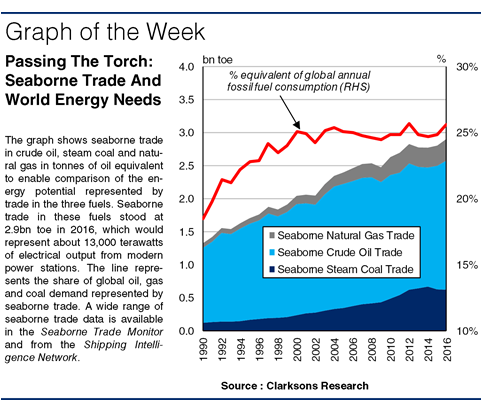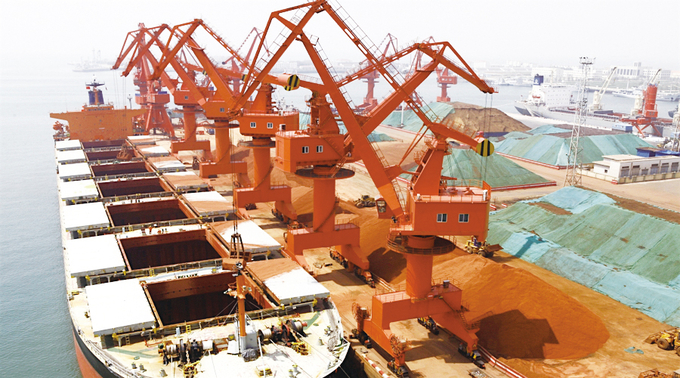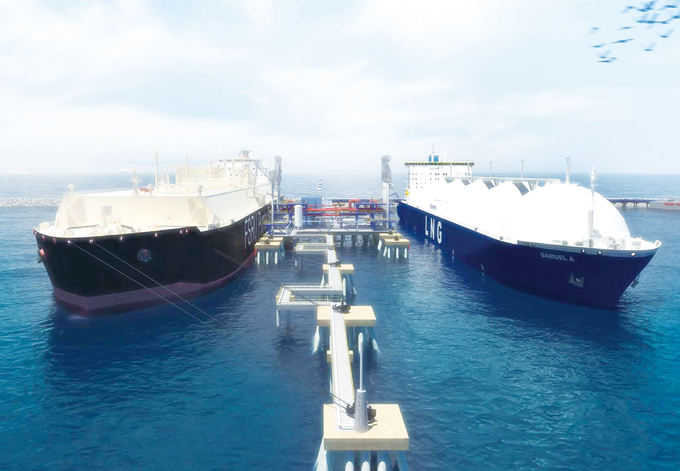
Since remote antiquity the essential importance of energy to human civilization has been well appreciated: in ancient Greek mythology for example, it was the secret of fire that the Titan Prometheus stole from the gods and gifted to mankind. Today the still increasing energy needs of humanity are greater and more diverse than ever before. And in this energy tale, shipping of course plays a titanic role…
Energy consumption is ubiquitous in economic activity in the contemporary world, from the internal combustion engine to the many fruits of electrification. In 2016, total primary energy consumption was in excess of 13bn toe globally, with fossil fuels meeting 86% of energy needs. As far as shipping is concerned, the continuing relevance of fossil fuels has been highly beneficial over the long run, with rising seaborne trade in coal, oil and gas supporting growth in the bulker, oil tanker and LNG fleets to a combined 22,000 vessels as of start September 2017.
In the last three decades, global oil consumption increased by 40% to stand at 4.4bn tonnes in 2016 (equivalent to 33% of global energy demand). But seaborne trade in crude oil increased by over 70% to reach 1.9bn tonnes in 2016, representing 44% of world oil consumption, versus 36% in 1990. While much oil is consumed where it is produced and large volumes are moved via pipeline, tankers have been vital in connecting oil producing areas such as the Middle East with distant areas of oil demand growth such as Asian non-OECD countries. With the US perhaps set to become a more significant oil exporter and Brazil a key source of oil production growth, long-haul trade to Asia looks set to remain a key feature of tanker and hence energy markets.

Prospects are not so clear cut for coal. It has been a key energy source since the Industrial Revolution and in 2016, steam coal met 28% of global energy needs. China and India’s fast growing economies have been key drivers of steam coal demand and imports (e.g. from Indonesia) in the last few decades, but pressure from environmental policies are clearly building. Still, seaborne trade represented 17% of global steam coal demand in 2016, compared to 9% in 1990.
In energy terms, global natural gas consumption was equivalent to 3.2bn tonnes of oil in 2016, accounting for 24% of global energy demand, up from 20% thirty years ago. The increasingly widespread adoption of LNG technology has seen the seaborne share of global gas consumption rise from 4% in 1990 to 10% in 2016. In a world where renewables like solar and wind still meet just 3% of energy demand, natural gas is increasingly seen as a ‘bridging fuel’ to a lower-carbon future.
So, in energy terms, seaborne trade in coal, oil and gas represented 25% of global demand met by fossil fuels in 2016, up from under 20% three decades ago, even with fossil fuel consumption up by 75%. Energy is clearly a major part of shipping; but conversely, shipping now appears more vital to the global energy nexus than ever ? a heroic feat indeed!
(Source : Clarksons)

















